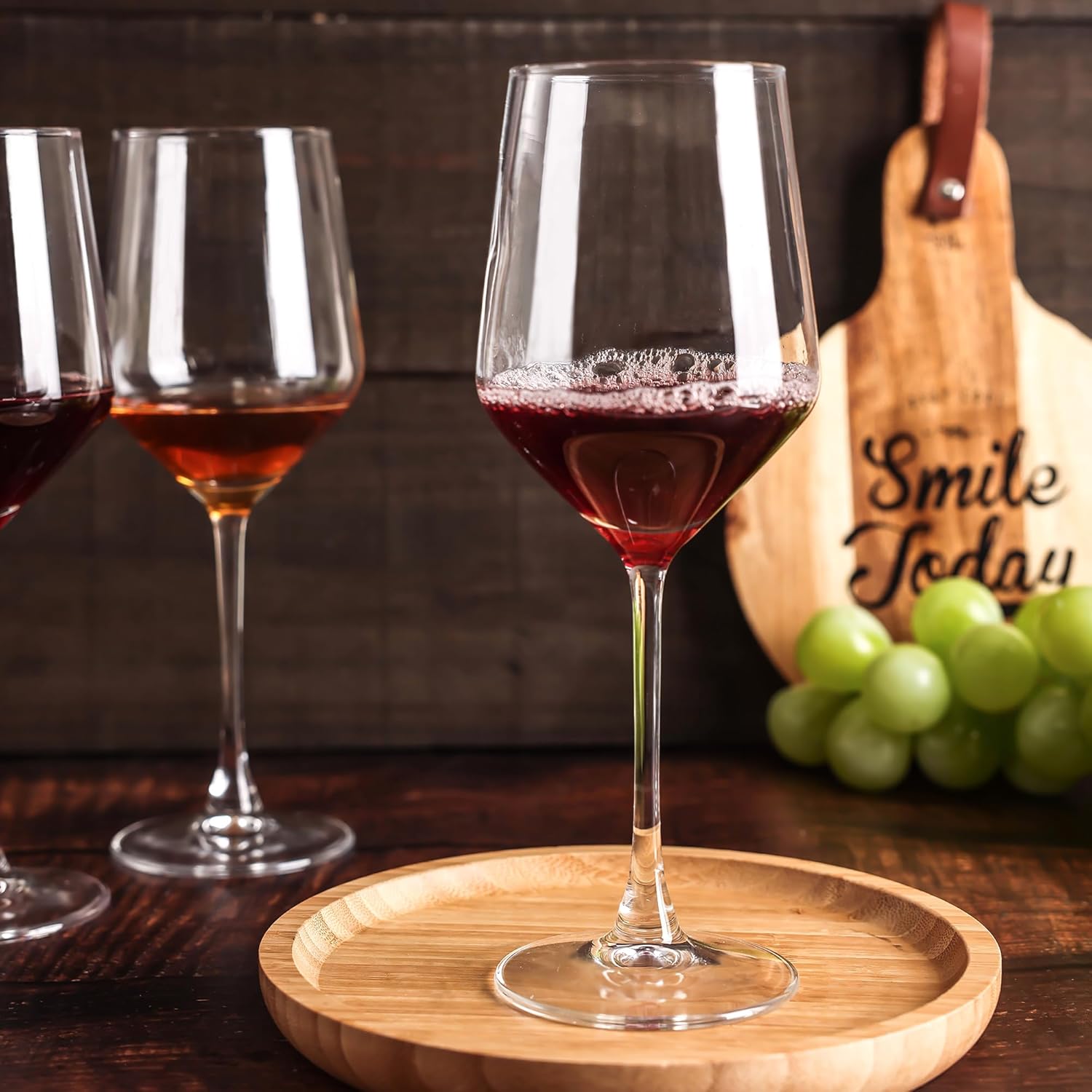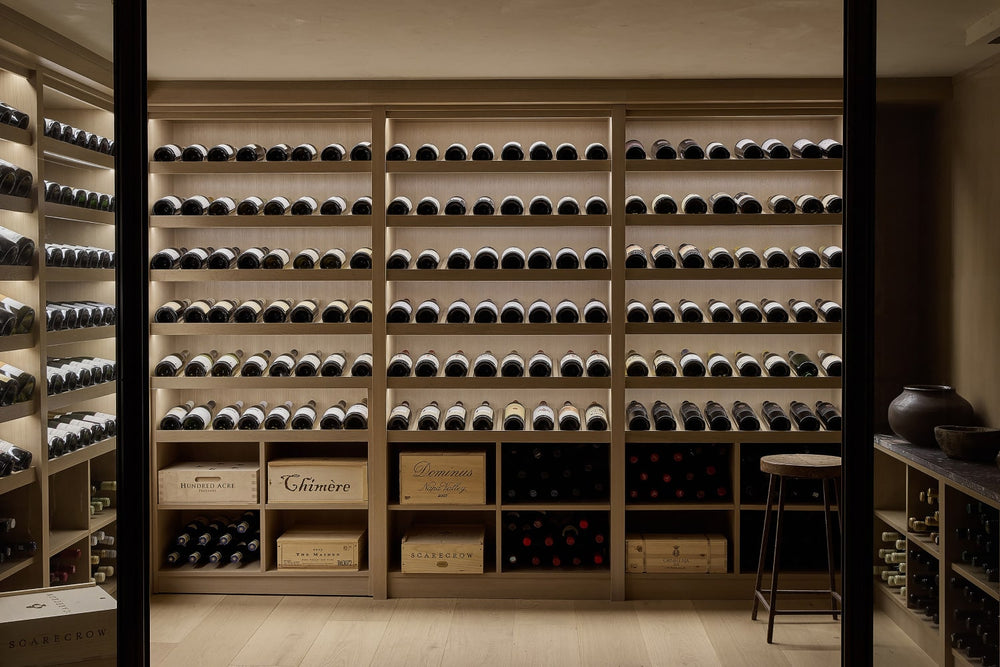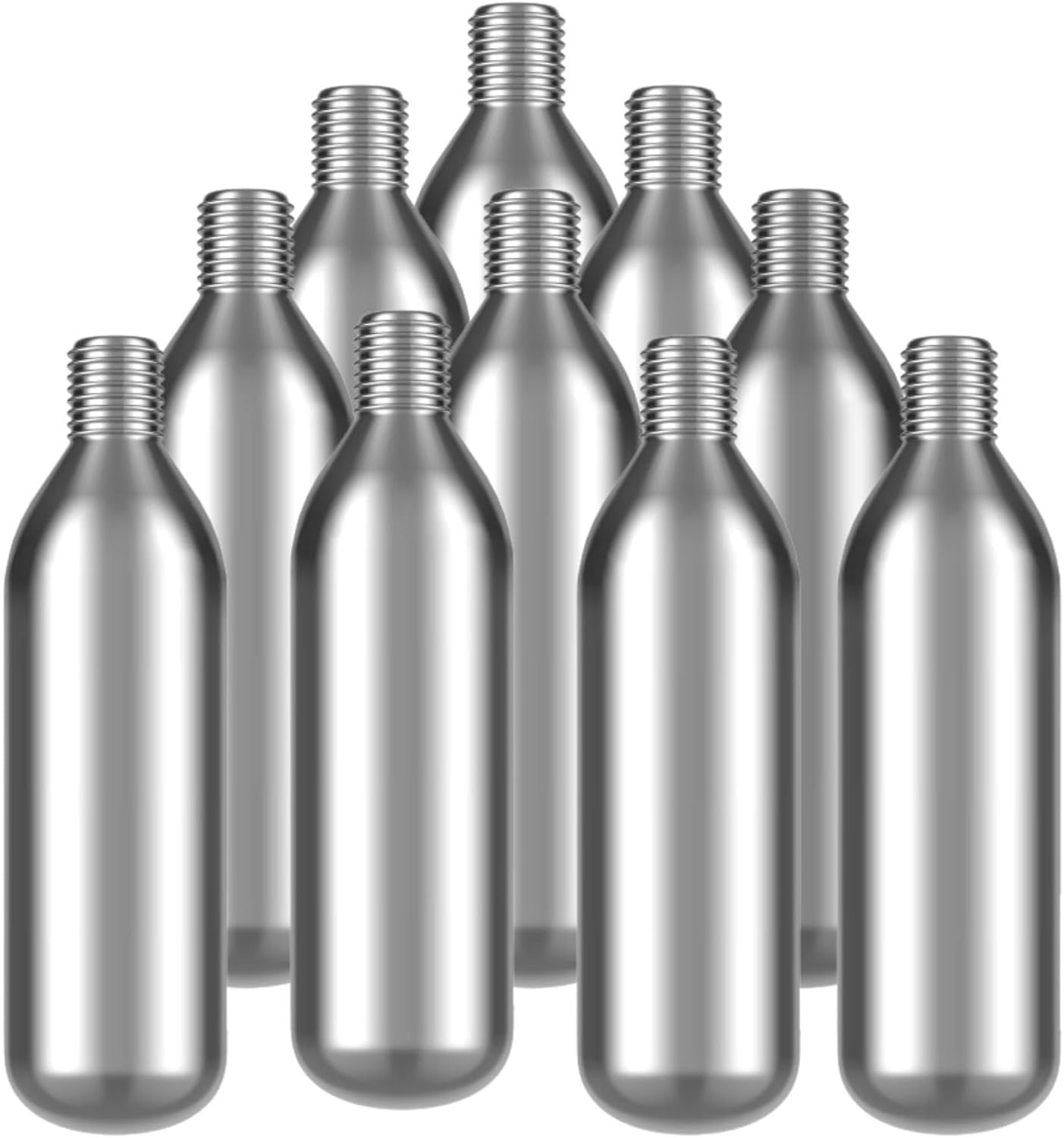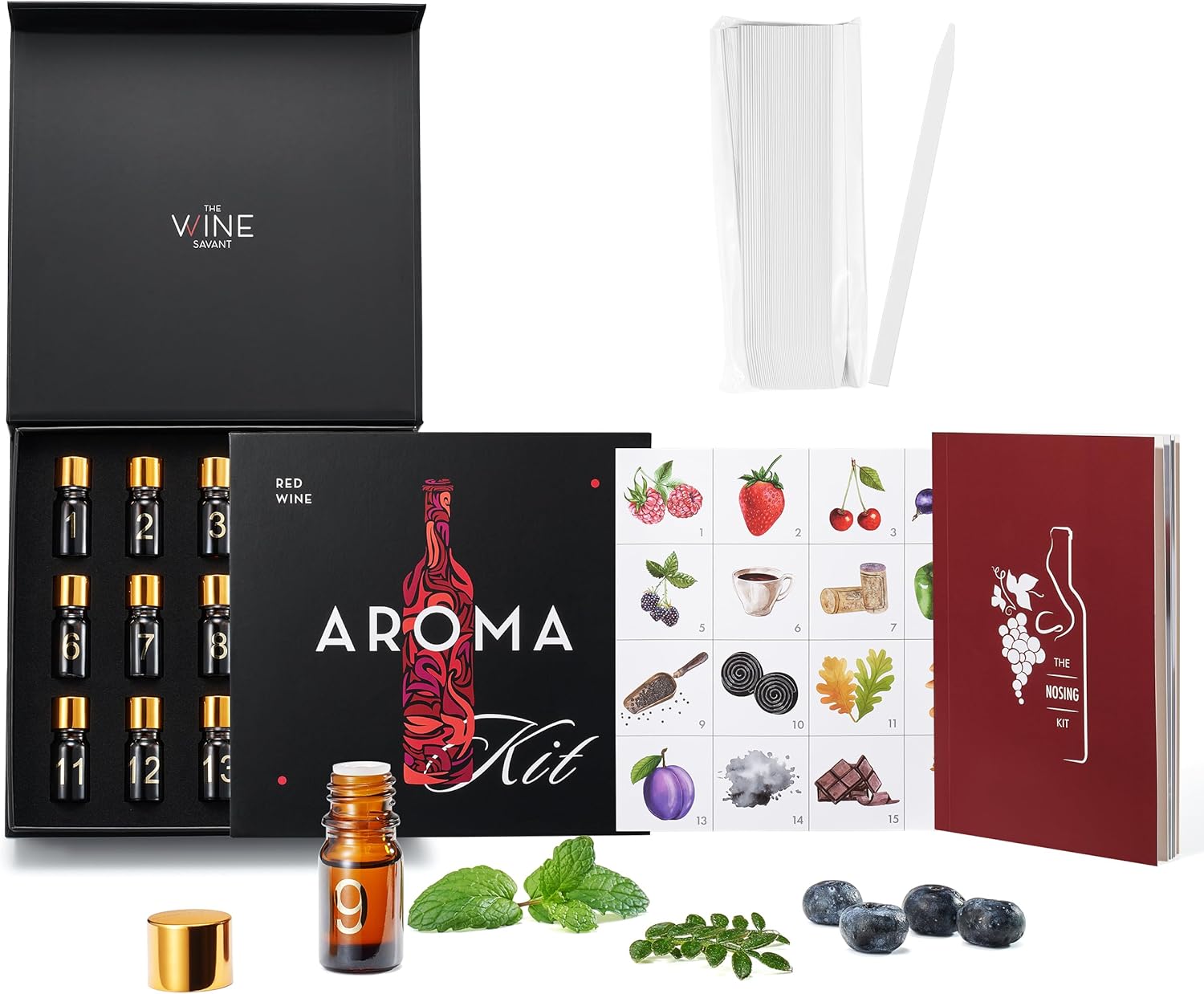A Toast to Tomorrow: The Ultimate Guide to Eco-Friendly Wine Storage
Every bottle of wine tells a story of the earth—a story of soil, climate, and sun, captured in glass. As wine lovers, we cherish this connection to the land. So, how can we honor that connection when we bring these bottles into our homes? The answer lies in conscious, sustainable storage. As of late September 2025, this guide is your definitive resource for exploring the world of eco-friendly wine storage, proving that you can protect your precious collection and the planet at the same time.
The Green Cellar Philosophy: Why Sustainable Storage Matters
The movement towards sustainability in the vineyard—organic, biodynamic, and regenerative farming—is well-established. But the lifecycle of a wine doesn’t end when it’s bottled. Our responsibility as consumers extends to how we store it. Eco-friendly wine storage isn’t just a trend; it’s a holistic approach built on four key pillars:
- Sustainable Materials: Choosing wine racks and building materials that are renewable, recycled, or reclaimed, minimizing our demand for virgin resources.
- Energy Efficiency: Selecting cooling solutions that consume less power, reducing our carbon footprint while still providing the stable temperatures wine needs to thrive.
- Waste Reduction: Adopting practices and tools that prevent wine spoilage and minimize what we send to the landfill, from the bottle to the cork.
- Mindful Consumption: Building a collection with intention and caring for it properly, ensuring every bottle is enjoyed at its peak.
First, A Refresher: The Unchanging Principles of Wine Storage
Before we go green, we must remember the fundamental needs of wine. No matter how sustainable a solution is, it’s useless if it doesn’t protect your wine. For a full breakdown, our guide on how to store wine without a wine fridge is an excellent resource. Here’s the snapshot:
- Cool & Consistent Temperature: The ideal range is 45-65°F (7-18°C), with 55°F (13°C) being close to perfect. The most important factor is consistency—avoiding rapid temperature swings.
- Darkness is Golden: UV light can degrade wine, causing it to age prematurely and develop “light-struck” flavors. Keep your bottles in the dark.
- Keep it Still: Vibrations can disturb the sediment in aging wines and may negatively impact their chemical evolution.
- Healthy Humidity: A humidity level of 50-70% is ideal to keep corks from drying out, which can let oxygen in and spoil the wine.
The Rack Revolution: Choosing Sustainable Materials
Your wine rack is the centerpiece of your collection. Choosing one made from eco-friendly materials is one of the most impactful decisions you can make.
Bamboo: The Grass Giant
Bamboo isn’t wood; it’s a species of grass. It grows incredibly fast (some species up to three feet a day!), reaches maturity in just 3-5 years, and requires no pesticides or fertilizers. It regenerates from its own roots, meaning it doesn’t need to be replanted, which prevents soil erosion. It’s also harder and more durable than many hardwoods.
Pros
- Highly renewable and fast-growing
- Extremely strong and durable
- Naturally resistant to shrinking and swelling
- Modern, clean aesthetic
Cons
- Most bamboo is grown in and shipped from Asia, increasing its carbon footprint
- Quality can vary; look for racks made from solid Moso bamboo
Our Top Bamboo Rack Picks on Amazon

Bambusi Modular Bamboo Wine Rack
This stackable, wave-style rack is perfect for growing collections. Start with one and add more as needed, reducing waste.
View on Amazon
SONGMICS Countertop Bamboo Rack
A stylish and compact option for small spaces, holding up to 12 bottles. Its solid construction ensures stability.
View on AmazonReclaimed Wood: Stories Reborn
Reclaimed wood is salvaged from old barns, factories, warehouses, and even wine barrels. Using it prevents beautiful, character-filled wood from ending up in a landfill. It requires minimal new processing and celebrates imperfections like nail holes and saw marks, giving each piece a unique history. It’s the ultimate in “reduce, reuse, recycle.”
Pros
- Gives a second life to old materials
- Each piece is unique and full of character
- Extremely durable and stable aged wood
- Reduces deforestation
Cons
- Can be more expensive due to labor-intensive salvaging
- May contain old nails or require careful finishing
- Supply can be inconsistent
Reclaimed & Rustic Picks on Amazon

Del Hutson Designs Reclaimed Wood Rack
Made in the USA from reclaimed wood, this rustic wall-mounted rack saves floor space and serves as a piece of art.
View on AmazonRecycled Metal: Industrial Strength, Low Impact
Metal wine racks offer a sleek, modern, and space-efficient way to store wine. When made from recycled steel or aluminum, their environmental impact is significantly reduced. Recycling metal uses up to 95% less energy than producing it from virgin ore. These racks are incredibly durable and will last a lifetime, representing a long-term, low-waste investment.
Pros
- Massive energy savings over new metal
- Extremely durable and long-lasting
- Minimalist designs are great for visibility and airflow
- Resistant to pests and moisture
Cons
- Can feel cold or industrial in some decor styles
- Cheaper versions can be flimsy; look for solid welds
Energy-Efficient Cooling: Chilling with a Conscience
For serious collectors, active cooling is a must. But a wine fridge that runs 24/7 can be an energy hog. Thankfully, technology offers greener solutions.
Thermoelectric vs. Compressor Coolers: What’s the Difference?
This is the most critical distinction. A **compressor** cooler works like a standard kitchen refrigerator, using a vapor compression cycle. It’s powerful but can be noisy, cause vibrations, and uses chemical refrigerants. A **thermoelectric** cooler uses the Peltier effect—running an electric current through a ceramic tile to move heat from one side to the other. It’s a simpler, solid-state process.
Why Thermoelectric is Often Greener for Most People
For collections under 40-50 bottles, thermoelectric coolers are typically the more eco-friendly choice. They use significantly less energy, contain no harmful refrigerants (like CFCs or HFCs), and are completely vibration-free, which is better for your wine. However, they are sensitive to ambient temperature and work best in a room that stays below 75°F (24°C).
Top-Rated Thermoelectric Coolers on Amazon
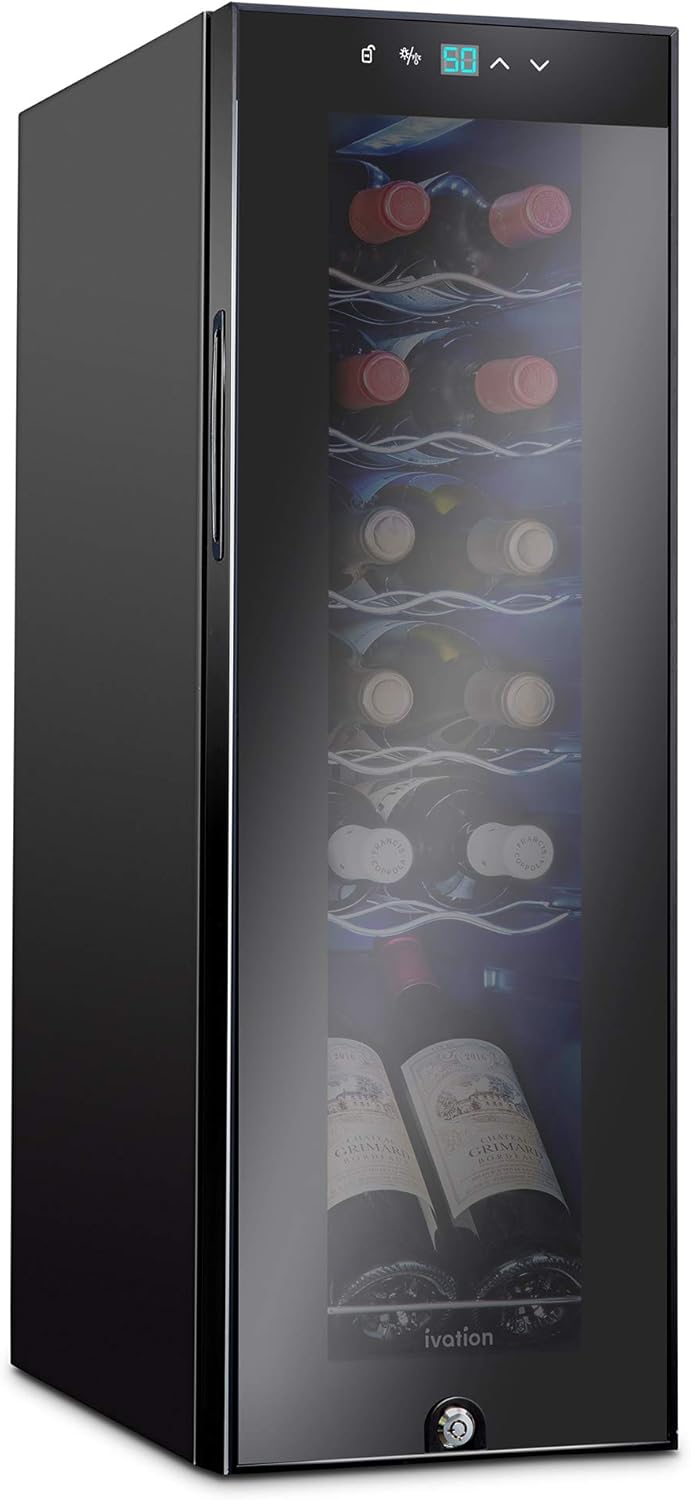
Ivation 12-Bottle Thermoelectric Cooler
This slim, quiet cooler is perfect for small apartments. Its consistent temperature and lack of vibration provide ideal conditions for your wine with minimal energy draw.
View on Amazon
NutriChef Dual Zone 18-Bottle Cooler
For those who need to store both reds and whites at their ideal serving temperatures, this dual-zone model offers flexibility with the efficiency of thermoelectric cooling.
View on AmazonReduce & Reuse: The Art of a Low-Waste Wine Lifestyle
Sustainability extends beyond your storage unit. It’s about a mindset of minimizing waste at every step. Properly preserving an open bottle is one of the most eco-friendly things you can do—it prevents good wine from going down the drain!
Eco-Friendly Wine Preservation
Instead of tossing a half-full bottle, invest in a reusable preservation system. These are some of the most vital wine accessories every host needs to have on hand.
- Vacuum Sealers: These simple pumps remove air from the bottle, and you seal it with a reusable rubber stopper. This can extend the life of your wine by several days.
- Inert Gas Systems: More advanced systems like Private Preserve use a spray of harmless, inert argon gas (heavier than oxygen) to create a protective blanket over the wine’s surface, keeping it fresh for a week or more.
Recommended Preservation Tools on Amazon

The Original Vacu Vin Wine Saver
A classic for a reason. This simple, effective pump with reusable stoppers is a must-have for every wine drinker and a cornerstone of a zero-waste bar.
View on AmazonDIY & Upcycled Storage: Get Creative!
For the hands-on enthusiast, creating your own storage is both rewarding and incredibly sustainable. It’s about seeing the potential in everyday objects.
Ideas for Your Next Weekend Project:
- Wooden Crate Display: Source old wooden wine crates (ask at your local wine shop) or fruit crates. Sand them down, stack them in a creative configuration, and secure them to each other and the wall.
- Industrial Pipe Rack: Use black iron pipes and fittings from a hardware store to create a sturdy, modern-industrial rack that can be configured to fit any wall space.
- Upcycled Furniture: An old bookshelf, a vintage mail sorter, or even a large set of terracotta drainage pipes can be transformed into a unique and functional wine cellar with a little imagination.
No matter the project, remember the core principles: ensure stability, keep it away from heat and light, and make sure the bottles are stored on their side to keep the corks moist. Your unique creation is more than storage; it’s a conversation piece. When you’re ready to share these wines, a durable, reusable carrier from our list of the best wine bags is the perfect sustainable transport solution.
Conclusion: Storing with Intention
Creating an eco-friendly home for your wine is a deeply rewarding endeavor. It reframes storage from a simple necessity to a conscious choice—a choice that reflects the same care and respect for the earth that a great winemaker pours into every vintage. Whether you choose a simple bamboo rack, invest in an energy-efficient cooler, or build something beautiful with your own hands, you’re doing more than just protecting your wine. You’re ensuring that your passion for what’s in the glass is matched by your respect for the world it came from. From understanding wine varietals explained to mastering how to pair wine with food, a sustainable approach completes the circle of mindful wine enjoyment.


